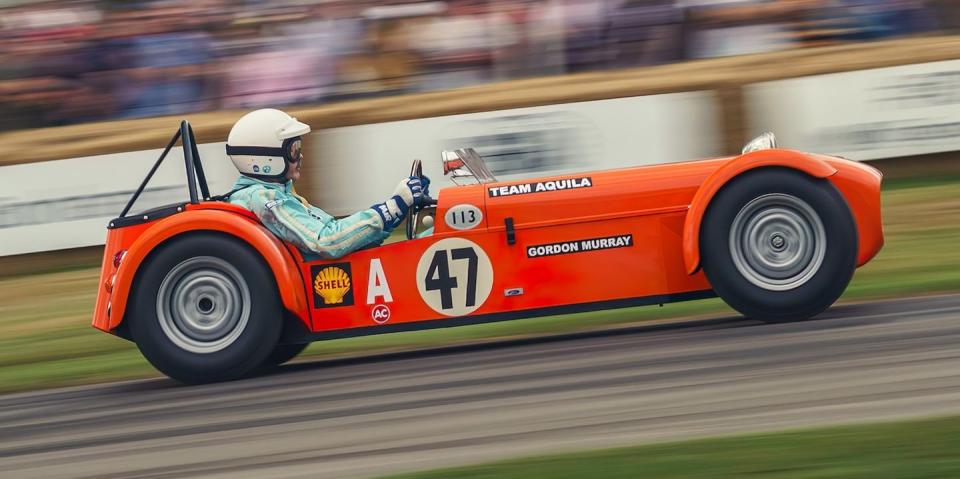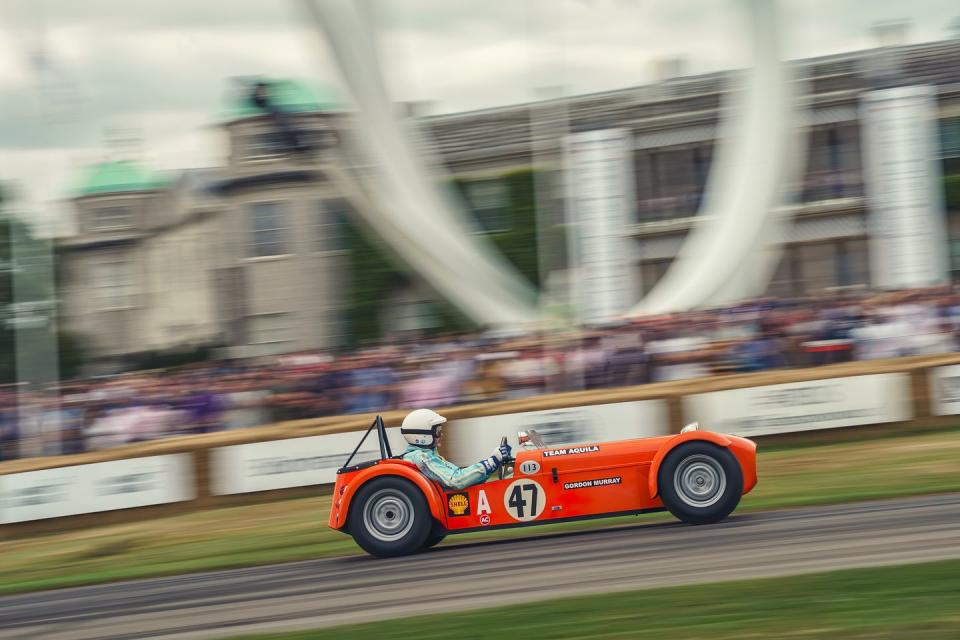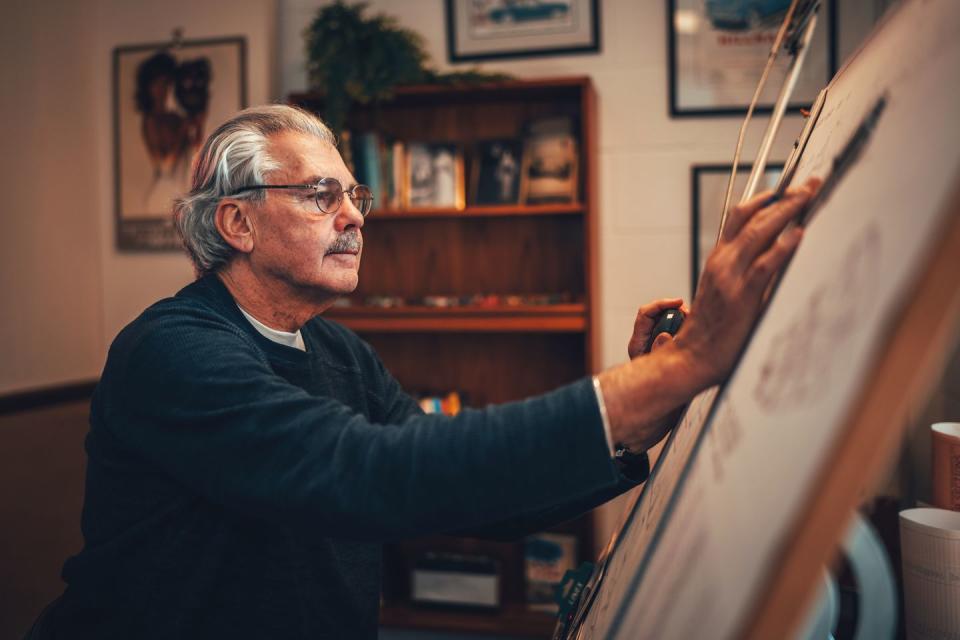Gordon Murray's Advice for Aspiring Designers


On his 18th birthday, Gordon Murray’s parents gifted him a set of Wild Heerbrugg Swiss drawing instruments. From those simple tools—a pen for lines, one for curves, a compass, some odds and ends—Murray’s future unfurled like a red carpet.
“And then I was away, you know,” Murray says.“Once I had a drawing board at home and the instruments, I thought I was absolutely away.”
This story originally appeared in Volume 7 of Road & Track.
SIGN UP FOR THE TRACK CLUB BY R&T FOR MORE EXCLUSIVE STORIES
The set of chromium-plated tools was built to offer a lifetime of dutiful service. And it did. Murray used them to design his first car, the T.1 (aka IGM-Ford). The burnt-orange Ford-powered imp looks like a Lotus Seven, but is lighter and stiffer. Murray cut his teeth on the car, rebuilding and refining, always looking to a future in motorsport.
As a kid in South Africa, Murray grew up sketching electric guitars and race-car suspensions in his notebooks. By 12, he’d earned an art scholarship to study at his local college. At 16, he drafted a complete flat-12 engine by hand. His parents took notice, and the small drawing set followed.
Racing the T.1 on South African circuits took Murray from the abstract to the concrete. He faults one crash on some amateurish welding, but he earned class wins at Roy Hesketh Circuit and elsewhere via sweat equity and careful engineering.
Long before establishing his reputation as a master designer, Murray was a young racer on a shoe-string budget. He couldn’t afford imported Mahle pistons for the T.1’s Anglia-based 1.0-liter engine, so he made his own. With funds that stretched only to a standard cast crank, he balanced the reciprocating and rotating mass to within a tenth of a gram, eking out a reliable 8500-rpm redline. After campaigning the car successfully, Murray sold it and turned his focus to the U.K., the global hub for motorsport design. He booked a one-way ticket and packed the Wild Heerbrugg drawing instruments. He used them to draw every one of his Brabham Formula 1 cars, including the championship winners. Eventually, they drafted probably the finest road car ever made, the McLaren F1.


 Yahoo Autos
Yahoo Autos 